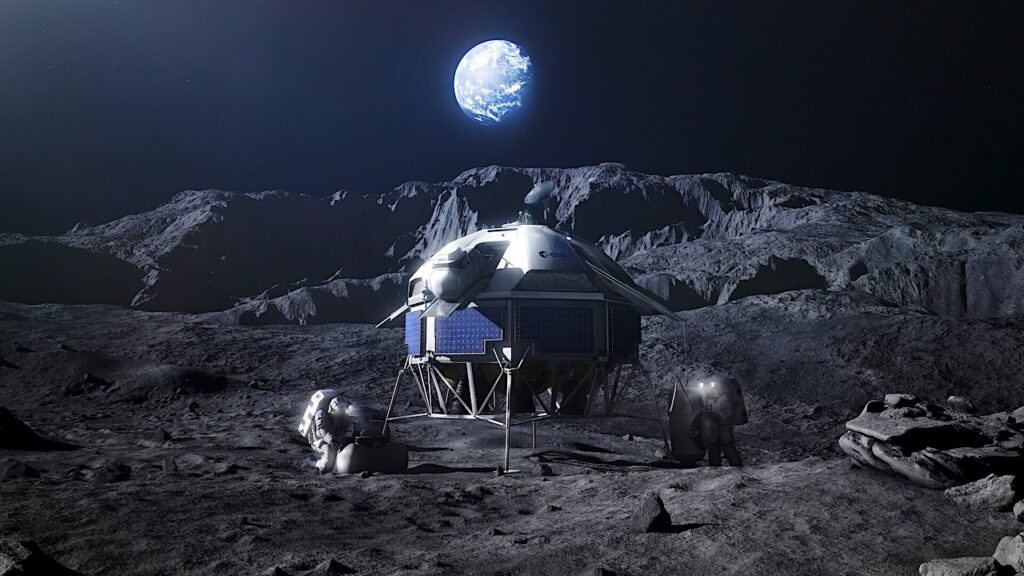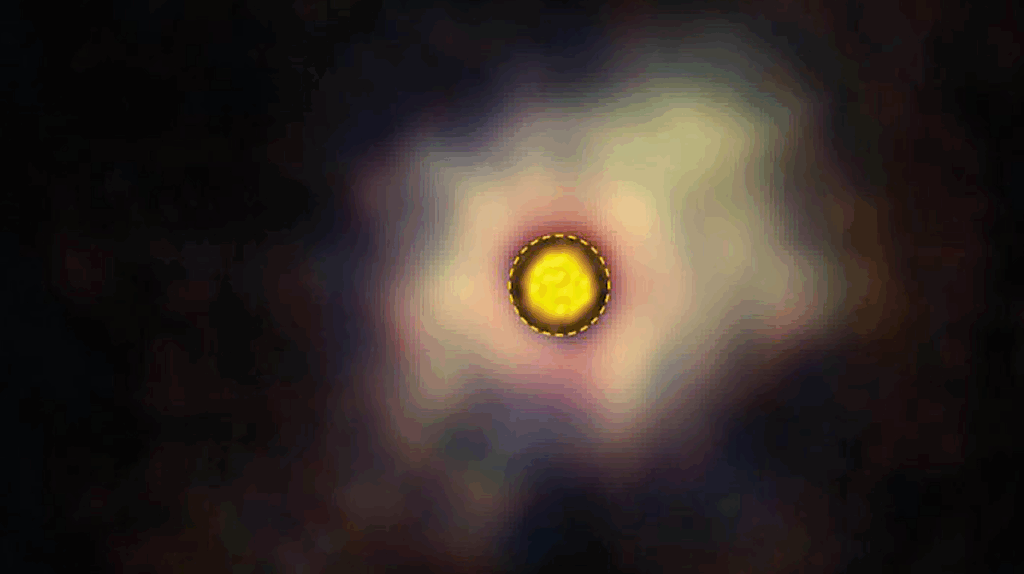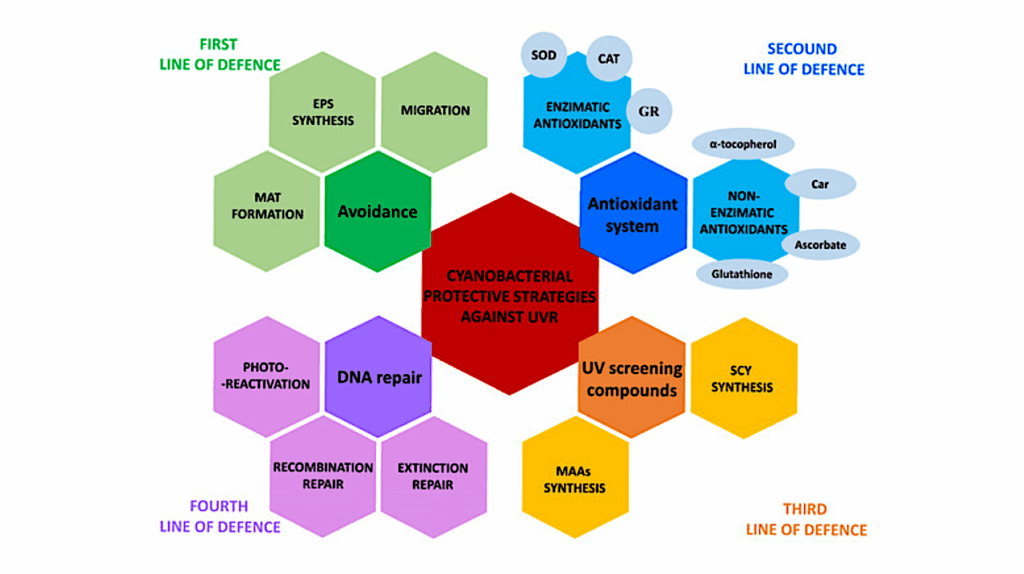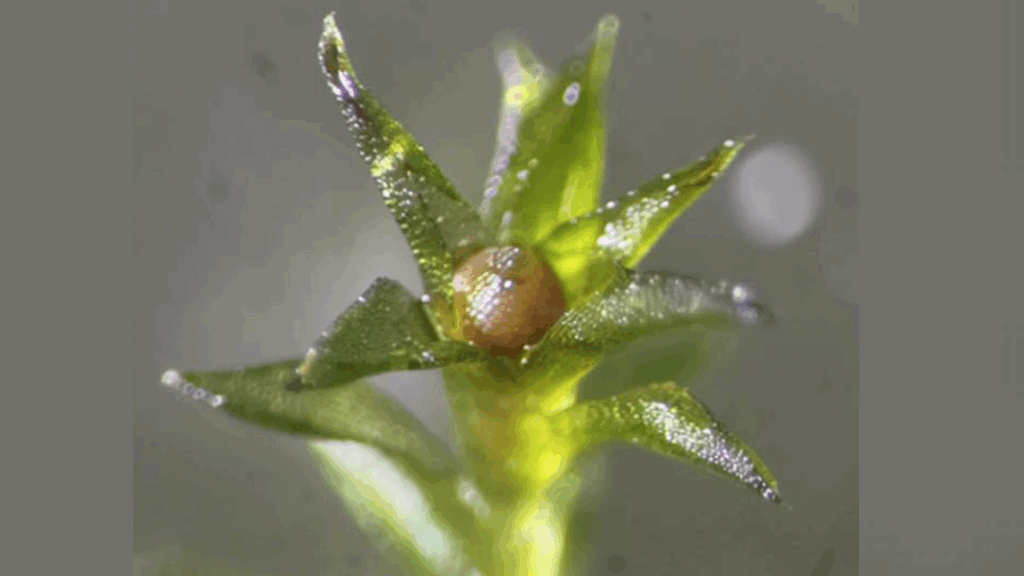Panspermia In A Milky Way-like Galaxy

We study the process of panspermia in Milky Way-like galaxies by modeling the probability of successful travel of organic compounds between stars harboring potentially habitable planets.
To this end, we apply the modified habitability recipe of Gobat & Hong (2016) to a model galaxy from the MUGS suite of zoom-in cosmological simulations. We find that, unlike habitability, which only occupies narrow dynamic range over the entire galaxy, the panspermia probability can vary be orders of magnitude between the inner (R,b=1−4kpc) and outer disk.
However, only a small fraction of star particles have very large values of panspermia probability and, consequently, the fraction of star particles where the panspermia process is more effective than prebiotic evolution is much lower than from naïve expectations based on the ratio between panspermia probability and natural habitability.
Raphael Gobat, Sungwook E. Hong, Owain Snaith, Sungryong Hong
Comments: 22 pages, 18 figures, ApJ accepted
Subjects: Astrophysics of Galaxies (astro-ph.GA); Earth and Planetary Astrophysics (astro-ph.EP)
Cite as: arXiv:2109.08926 [astro-ph.GA] (or arXiv:2109.08926v1 [astro-ph.GA] for this version)
Submission history
From: Sungwook Hong E [view email]
[v1] Sat, 18 Sep 2021 13:03:23 UTC (5,976 KB)
https://arxiv.org/abs/2109.08926
Astrobiology,








